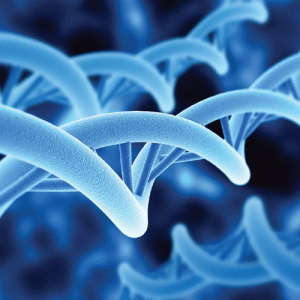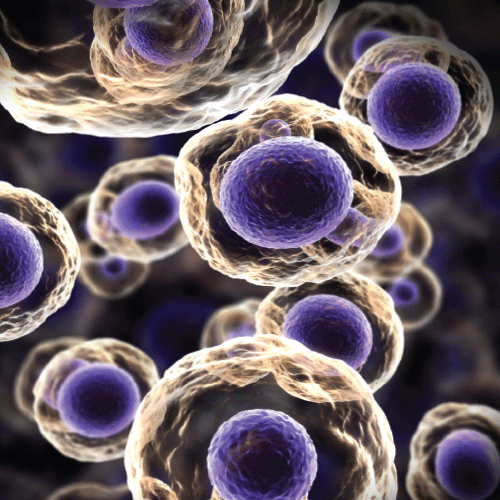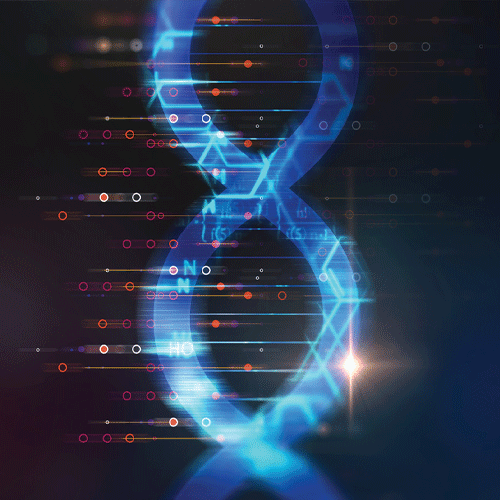Comparative Genomics
 Although the human genome is perhaps the most famous sequencing project, scientists have assembled a genomic library of over 200 different organisms. Knowing the genome of each species provides insight into the function of its DNA; however, there is additional information gained by comparing genomes across organisms. This field of comparative genomics helps discover previously undetected genes, identify the regulatory regions that control gene activity and determine gene function as it relates to health and disease.
Although the human genome is perhaps the most famous sequencing project, scientists have assembled a genomic library of over 200 different organisms. Knowing the genome of each species provides insight into the function of its DNA; however, there is additional information gained by comparing genomes across organisms. This field of comparative genomics helps discover previously undetected genes, identify the regulatory regions that control gene activity and determine gene function as it relates to health and disease.
While humans may seem to have little in common with organisms such as fruit flies, roundworms or mice, they are all composed of cells that must take in nutrients and remove waste, interact with neighboring cells and the outside environment, and grow and divide in response to specific signals. To varying degrees, each of these organisms contains a digestive, circulatory, nervous and reproductive system and is impacted by disorders that impair these systems. During the evolutionary process, as organisms diverged and gave rise to new species, many key proteins such as enzymes underwent little change. In general, the nucleotide and amino acid sequences of these key proteins have similarly been conserved across the species.
Scientists directly compare the DNA sequence of these organisms using sophisticated computer programs that line up multiple genome sequences and look for regions of similarity. These similar segments, or conserved sequences, suggest the DNA sequence has an important functional role – for example, a gene or a regulatory element that controls the activity of a gene. Less critical DNA segments would accept sequence changes without clinical consequence: subsequently, these segments would vary among species. Genes that have relatively high sequence similarity are referred to as homologous genes or homologues.
Comparative genomics provides a powerful tool for studying evolutionary changes among organisms, identifying genes that are conserved among species as well as gene and genetic changes that give each organism its unique characteristics.
Genomic comparison also extends to genes involved in disease. If we examine the current list of human disease genes, approximately 20% have a homolog in yeast and nearly two-thirds have one in flies and worms. Initial studies suggest these counterparts may function in nearly identical ways, meaning these organisms can serve as models for understanding human disease and potential treatment. For example, studying genes involved in DNA repair in yeast or bacteria has offered valuable insight into this process in humans and the role that mutations of these genes play in the development of some cancers.


